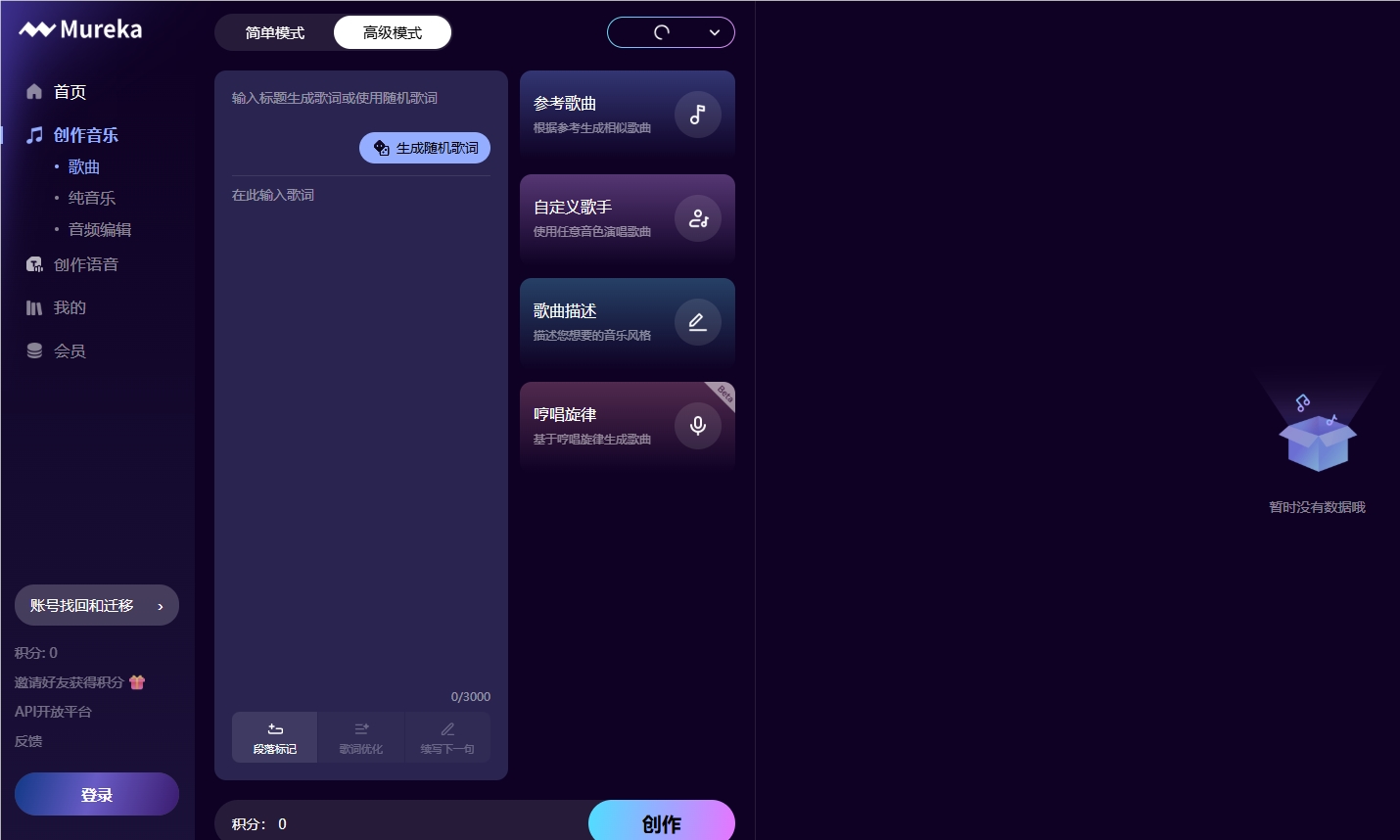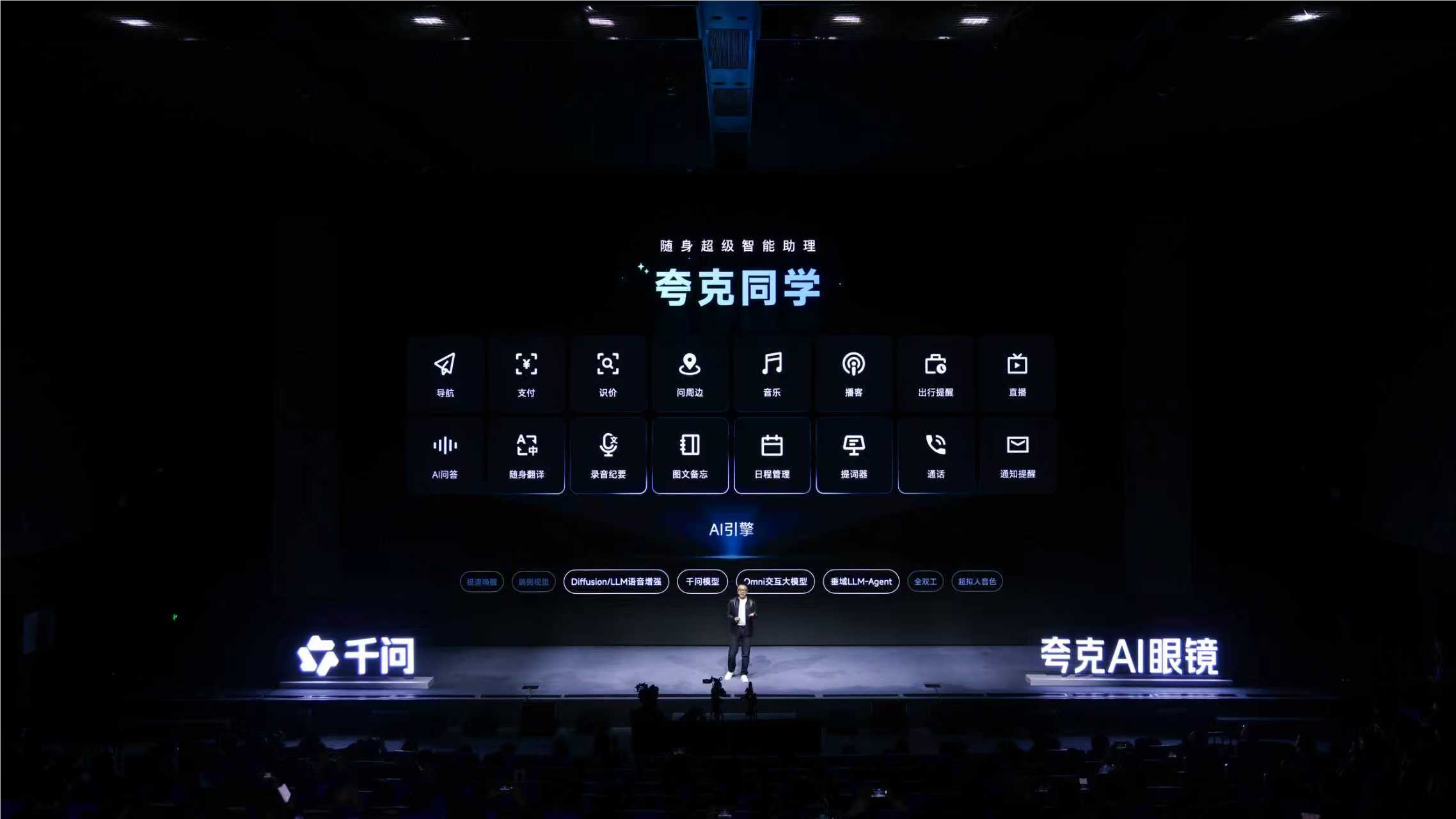With the continuous advancement of artificial intelligence technology, understanding the User Interface (UI) has become a critical challenge in creating intuitive and useful AI applications. Recently, researchers from Apple introduced UI-JEPA in a new paper, an architecture designed for lightweight device-side UI understanding. This architecture not only maintains high performance but also significantly reduces the computational requirements for UI understanding.
The challenge of UI understanding lies in the need to process cross-modal features, including images and natural language, to capture temporal relationships in UI sequences. While multimodal large language models (MLLM) such as Anthropic Claude3.5Sonnet and OpenAI GPT-4Turbo have made progress in personalized planning, these models require substantial computational resources, large model sizes, and introduce high latency, making them unsuitable for lightweight device solutions that demand low latency and enhanced privacy.

UI-JEPA Architecture Image Source: arXiv
UI-JEPA was inspired by the Joint Embedding Predictive Architecture (JEPA) introduced by Meta AI's Chief Scientist Yann LeCun in 2022, a self-supervised learning method. JEPA learns semantic representations by predicting occluded regions in images or videos, significantly reducing the dimensionality of the problem and enabling smaller models to learn rich representations.
The UI-JEPA architecture consists of two main components: a video transformer encoder and a decoder-only language model. The video transformer encoder, a JEPA-based model, processes video of UI interactions into abstract feature representations. The language model (LM) takes video embeddings and generates textual descriptions of user intent. Researchers used Microsoft Phi-3, a lightweight LM with approximately 3 billion parameters, ideal for experimentation and deployment on devices.

Examples from UI-JEPA's IIT and IIW Datasets Image Source: arXiv
To further advance UI understanding research, researchers introduced two new multimodal datasets and benchmarks: "Intent in the Wild" (IIW) and "Tamed Intent" (IIT). IIW captures open-ended UI operation sequences with ambiguous user intents, while IIT focuses on common tasks with clearer intents.
Evaluating UI-JEPA's performance on the new benchmarks shows that it outperforms other video encoder models in few-shot settings and achieves performance comparable to larger closed models. Researchers found that incorporating text extracted from UIs using Optical Character Recognition (OCR) further enhances UI-JEPA's performance.
Potential uses for the UI-JEPA model include creating automatic feedback loops for AI agents, allowing them to continuously learn from interactions without human intervention, and integrating UI-JEPA into agent frameworks designed to track user intent across different applications and modes.
Apple's UI-JEPA model seems well-suited for Apple Intelligence, a suite of lightweight generative AI tools aimed at making Apple devices smarter and more efficient. Given Apple's focus on privacy, the low cost and additional efficiency of the UI-JEPA model could give its AI assistants an edge over those relying on cloud models.









